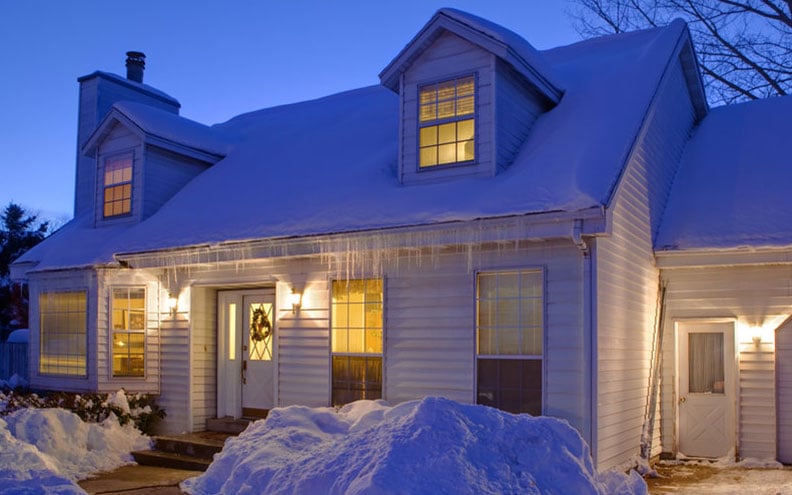Winter is a savage time for many, not only for humans, as the swings in temperature and climate conditions may wreak havoc on both physical and mental health, and cause many inconveniences. Your home is the same way. As many of the cautiously calculated components used in the construction of your home are likewise affected by the unsympathetic freezing cycle of winter.
The two extremes of warm, humid summers and cold, dry winters, with a nearly 100-degree variation between the two has damaging effects that may be lasting on many natural materials. Numerous homeowners create a specific character for their dream home, an extension of themselves, and correct preservation from harsh elements is necessary to maintain its healthy appearance and functioning. Similar to human skin requiring extra hydration during the winter, nearly all materials used from woods, cement, stone and the joints and “glue” that keep it together are affected by this weather cycle.
An abundance of engineer testing and examination goes into detecting the material and structural solidity of any home. Engineers perform construction materials testing on all materials affected by new or add-on construction projects, such as ground soil, foundation, cement and retaining walls; however, failures do occur. Using concrete as an example of how the thaw cycle affects the material, deterioration occurs when concrete is critically saturated, roughly 91% of its pores are filled with water. When water freezes to ice, it occupies 9% more space than the water did and may cause distress in the concrete. The deterioration begins with the first freeze/ thaw cycle and continues through successive winters.
Icy, dry weather introduce a host of other complications that may affect even the newest custom built homes. Less humidity results in the contraction of wood flooring and cabinetry, just as the summer months result in swelling. When the damp content of wood changes from exposure to different temperatures and shifts in the environmental humidity levels, it may cause wood to shrink, swell and warp. If the moisture content changes occur frequently, it may eventually weakens the wood’s purpose. The density of the wood varies by species, and both the grain pattern and species determine the susceptibility to shrinking and warping. While all of this is taken into account during the building process, and wood is subjected to appropriate treating and finishes to be durable, there are inevitable shifts over time with the foundation, the structure, and the materials that hold it all together. One of the easiest ways to prevent indoor wood from being affected by the extreme shifts outside is to maintain consistent humidity levels in the house.
Other common cold weather home issues that are common include:
- caulking may shrink, leaving gaps in the base or crown molding
- stresses in the roof around penetrations and walls due to ice damming
- snow accumulation against the side of house seeping into the side of building and crawl spaces
- un-insulated water pipes freezing and bursting
Consulting with a home builder on any of these issues to prevent headaches in the spring may be the best course of action.





